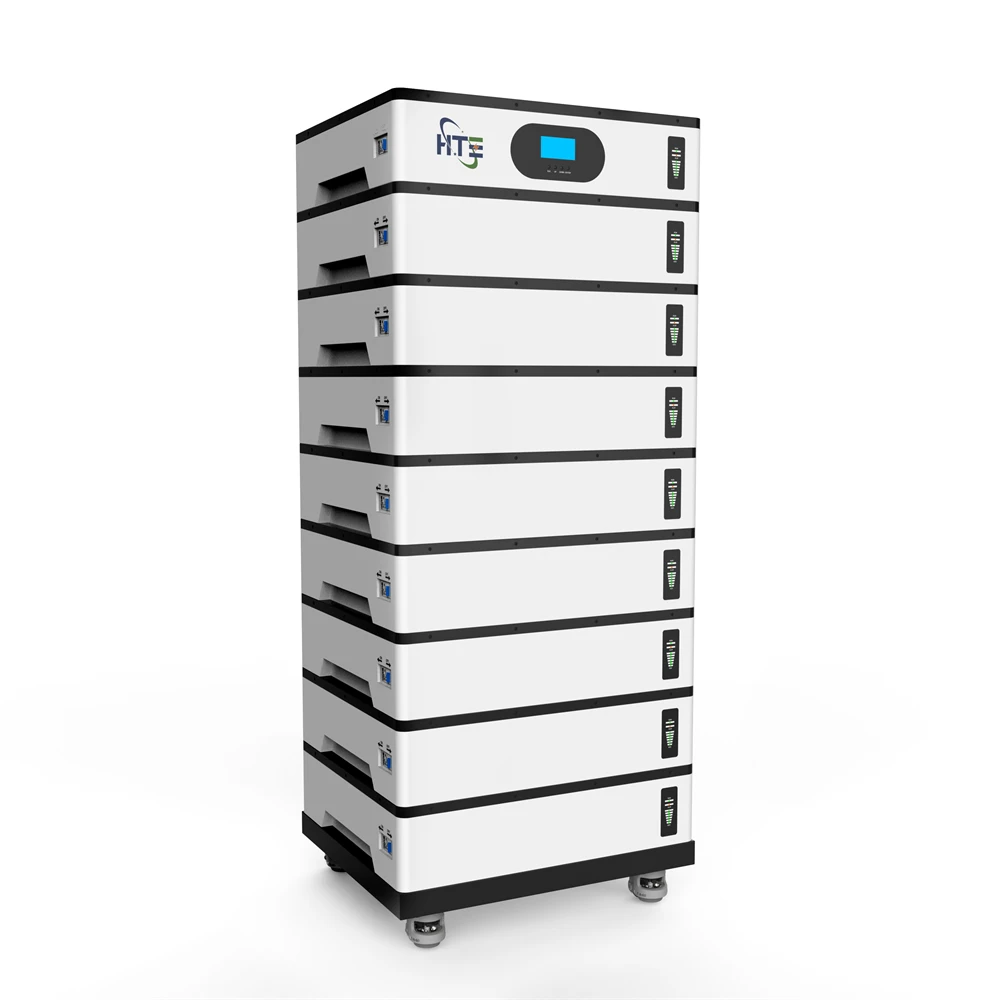Nepieciešamība pēc ilgtspējīgas enerģijas pārvaldības, kā arī pieaugošais pasaules pieprasījums pēc atjaunojamās enerģijas ir radījis lielu izaicinājumu tradicionālajai enerģijas glabāšanai. Kā rezultātā tirgū ir parādījusies jauna inovācija, kas saucama krātuvi var iestapelēt (SES). Enerģijas pārvaldības jomā SES ir liels solis uz priekšu, jo tas nav tikai efektīvāks, bet arī nodrošina fleksibilās un masveida priekšrocības, kas agrāk nebija iespējamas.
Kopojamais Enerģijas Glabājuma Koncepts t
Stapināma energijas krātuve norāda uz metodi, kur individuālās krātuves vienības var būt savienotas vai saistītas kopā dažādos kombinācijās atkarībā no konkrētajiem enerģijas vajadzību prasību. Katra vienība ir izgatavota kā neatkarīgs sistēmas elements, kas strādā ar esošajām enerģijas sistēmām bez jebkādiem traucējumiem. Galvenā SES priekšrocība ir tā spēja ātri mainīties augstumā vai lejup bez lielām pārtraukumiem, pamatojoties uz mainīgiem elektroenerģijas vajadzību apjomiem.
Stapināmās energijas krātuves priekšrocības
SES piedāvājamās priekšrocības ir dažādas un vairāk nekā vienas. Pirmkārt, tā ļauj viegli paplašināt vai samazināt kapacitāti dēļ tās modulārās dizaina, kas to padara piemērotu pielietojumiem, kur griezņi nozīmīgi fluktuē. Šī elastība nodrošina, ka zudums tiek minimizēts, savukārt efektivitāte maksimizēta, jo sistēmā nav pārmērīgas kapacitātes.
Otrkārt, SES ir nepiespiestais pieaugums. Atšķirībā no tradicionālajiem enerģijas glabāšanas veidiem, kas bieži vien ir ar fiksētiem ierobežojumiem un dizaina noteikumiem, SES var pieaugt inkrementāli, tādējādi pielāgojoties jaunu moduļu pievienošanai laikā, kad palielinās pieprasījums. Tāda orgāniskā izaugsme samazina sākotnējos izmaksas, vienlaikus eliminējot izmaksas, saistītas ar pārmērīgu izmēru un pārkonfigurēšanu.
Bez tam, uzlabota uzticamība un atdzīvojamība ir daļa no šīs paketes, ko piedāvā SES. Atsevišķas vienības šajā struktūrā var viegli mainīt vai apkalpot, samazinot laiku, cik tās ir ārpus darbības, veicot remontus vai aizstājot visu sistēmu, tādējādi minimizējot elektroenerģijas piegādes traucējumus. Turklāt, šo sistēmu sadalītais raksts samazina risku, kas rodas no viena punkta kļūdām, tādējādi palielinot kopējo uzticamību.
Stapjamo enerģijas glabāšanas lietojumi
SES piedāvā plašu lietotnes kopumu dažādās nozarēs. Mājsaimniecību sektorā to var izmantot, lai nodrošinātu māju un kopienas elektrosniedzējus, sniegtu rezerves enerģiju pārtraukumu laikā un samazinātu atkarību no tīkla. Komerciālajā jomā SES var tikt izmantota, lai uzturētu kritiskās infrastruktūras, piemēram, slimnīcas un datu centrus, nekaitējot situācijām, kad elektroenerģijas pārtraukums nav pieļaujams.
Citiem vārdiem sakot, rūpnieciskās darbības var izmantot šo tehnoloģiju, lai līdzsvarotu savu pieprasījumu ar ražoto, maksimizējot atjaunojamās avotas un minimizējot fosila kurināmto atkarību. Turklāt mikrotīkli un inteliģentie tīkli var integrēt SES, lai palielinātu elektroapgādes tīkla stabilitāti un uzticamību, izmantojot atjaunojamas resursu avotas.
Stapojamā enerģijas krātuve ir revolucionāra pieeja ilgtspējīgas enerģijas pārvaldības jomā. Tās modulārisms, masveidolība un dažādveida iespējas padara to par piemērotu risinājumu izaicinājumu risināšanai, kas radušies ar pieaugošo atjaunojamās enerģijas iekļaušanos un mainīgu elektroenerģijas pieprasījumu. Kamēr pasaule turpinās pāriet uz vēl tīrākiem enerģijas prakšķiem, SES nodrošinās tīkla stabilitāti, optimālu enerģijas izmantošanu un saglabāšanas iniciatīvas.

 EN
EN
 AR
AR
 BG
BG
 HR
HR
 CS
CS
 DA
DA
 NL
NL
 FI
FI
 FR
FR
 DE
DE
 EL
EL
 IT
IT
 JA
JA
 KO
KO
 NO
NO
 PL
PL
 PT
PT
 RO
RO
 RU
RU
 ES
ES
 SV
SV
 TL
TL
 IW
IW
 ID
ID
 LV
LV
 SK
SK
 SL
SL
 UK
UK
 VI
VI
 SQ
SQ
 ET
ET
 HU
HU
 TH
TH
 TR
TR
 AF
AF
 MS
MS
 GA
GA
 HA
HA
 LA
LA
 MY
MY







